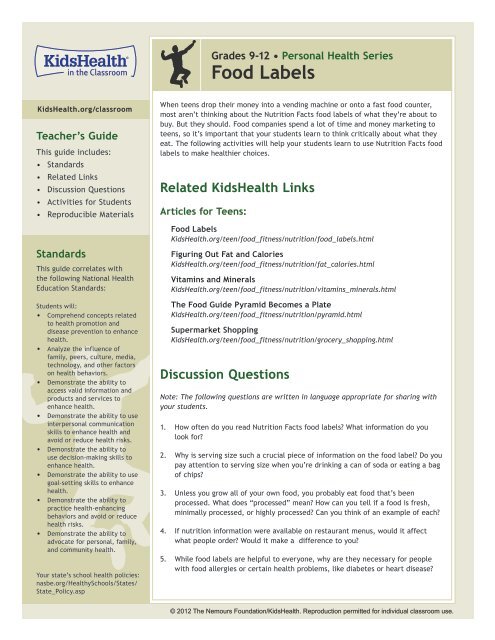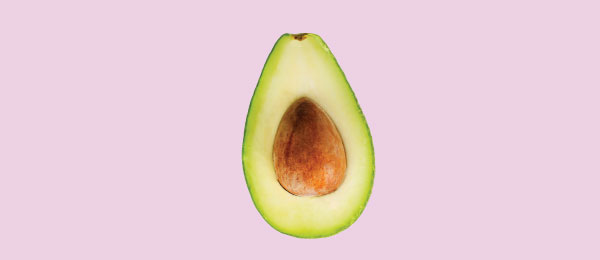38 problems with food labels
Pet Food Labels - General | FDA For example, a canned food guarantees 8% crude protein and 75% moisture (or 25% dry matter), while a dry food contains 27% crude protein and 10% moisture (or 90% dry matter). Which has more ... Understanding Food Nutrition Labels | American Heart Association Mar 06, 2017 · When the Nutrition Facts label says a food contains “0 g” of trans fat, but includes “partially hydrogenated oil” in the ingredient list, it means the food contains some trans fat, but less than 0.5 grams per serving. So, if you eat more than one serving, you could end up eating too much trans fat.
Feeding Your Cat: Know the Basics of Feline Nutrition ... This means that pet food labels are seriously lacking in usable information when compared to a package of food for a human. The “guaranteed analysis” numbers that you find on a can of food for protein, fat, and water (moisture) are listed as “minimums” and “maximums” which, by definition, are inaccurate.

Problems with food labels
Weight Loss & Diet Plans - Find healthy diet plans and ... From healthy diet plans to helpful weight loss tools, here you'll find WebMD's latest diet news and information. Sugar substitutes: Health controversy over perceived benefits Some people choose to limit their food energy intake by replacing high energy sugar or corn syrup with other sweeteners having little or no food energy (sugar substitutes). This allows them to eat the same foods they normally would, while allowing them to lose weight and avoid other problems associated with excessive calorie intake.[ 8 ] Endocrine Disruptors - National Institute of Environmental ... Called endocrine disruptors, these chemicals are linked with developmental, reproductive, brain, immune, and other problems. Endocrine disruptors are found in many everyday products, including some plastic bottles and containers, liners of metal food cans, detergents, flame retardants, food, toys, cosmetics, and pesticides.
Problems with food labels. Figuring Out Food Labels (for Kids) - Nemours KidsHealth A food with 5% or less of a nutrient is low in that nutrient. A food with 10%–19% of a nutrient is a good source of that nutrient. A food with 20% or more of a nutrient is high in that nutrient. The information on food labels is based on an average adult diet of 2,000 calories per day. Use food labels - Canada's Food Guide 14.10.2020 · Using food labels can help you compare and choose products so you can make an informed choice. On this page Benefits of using food labels Changes to food labels How to use food labels Benefits of using food labels Food labels provide information you can use to make informed choices about foods and drinks at the grocery store and at home. Food labels can … Endocrine Disruptors - National Institute of Environmental ... Called endocrine disruptors, these chemicals are linked with developmental, reproductive, brain, immune, and other problems. Endocrine disruptors are found in many everyday products, including some plastic bottles and containers, liners of metal food cans, detergents, flame retardants, food, toys, cosmetics, and pesticides. Sugar substitutes: Health controversy over perceived benefits Some people choose to limit their food energy intake by replacing high energy sugar or corn syrup with other sweeteners having little or no food energy (sugar substitutes). This allows them to eat the same foods they normally would, while allowing them to lose weight and avoid other problems associated with excessive calorie intake.[ 8 ]
Weight Loss & Diet Plans - Find healthy diet plans and ... From healthy diet plans to helpful weight loss tools, here you'll find WebMD's latest diet news and information.



















/cdn.vox-cdn.com/uploads/chorus_asset/file/22693769/56517473.jpg)








/read-food-labels-400x400-ab7c520faadc4ae8b1be34994e498b21.jpg)





Post a Comment for "38 problems with food labels"